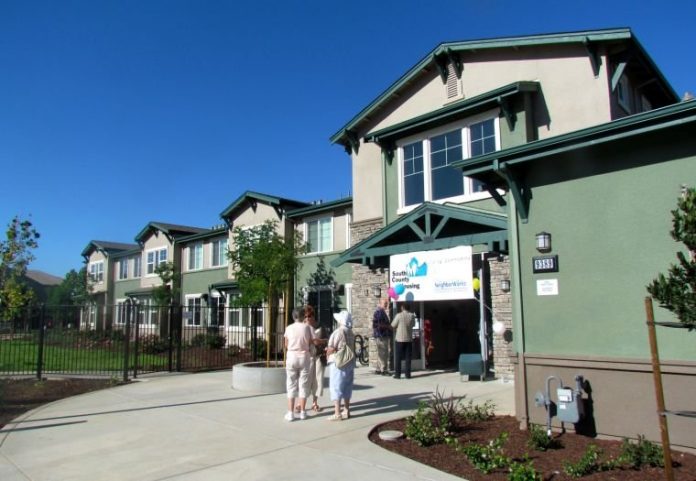
GILROY—The number of low-income homeowners gouged on property tax bills since 2002 has grown to more than 200 and authorities expect more.
Santa Clara County Assessor Larry Stone told the Dispatch on Tuesday that 179 new cases have been added to the original 36 found in Gilroy’s Los Arroyos subdivision and the investigation has spread to Morgan Hill and beyond.
“South County Housing is the common denominator,” said Stone, referring to a Gilroy-based, nonprofit affordable housing builder that operated for years until most of its assets were transferred to Eden Housing.
“We think the 215 may grow in other parts of the county,” Stone said.
In its heyday, SCH built sprawling developments of below-market and market-rate homes and apartments in Morgan Hill and Gilroy and in San Benito, Santa Cruz and Monterey counties.
In some cases they leveraged costs of the low-income homes by building upscale market-rate homes that sold in some cases to almost $1 million. Profits then helped pay for the low-income homes.
In other projects called ‘sweat-equity’ programs, farmworkers, some of whom did not speak English, and other low-wage earners were required to work 40 hours per week to build their own homes under SCH supervision—while still working their other full-time jobs.
The tax issue hit the firm’s Los Arroyos subdivision and its sweat equity families in Gilroy hardest.
David Ginsborg of the assessor’s office said 102 cases have been found among low-income buyers in Los Arroyos. He added that other SCH projects have the same problem.
He identified five other SCH projects in Gilroy that have a combined 113 homeowners who were overbilled on property taxes.
Among those project’s names are Alexander, Glenbrook and Laurelwood.
The problem began when SCH and/or the City of Gilroy failed to notify the assessor that the homes were in the below market rate (BMR) category. That means they were given second, silent mortgages and paid off only the primary mortgage; the silent mortgage would then be forgiven in the future, in theory.
In exchange for the break in price, the homeowner agreed to resale rules that restricted how much they could sell the house for, essentially to keep the home affordable to low-income families.
However, when not notified the homes were BMR, Stone’s office taxed them at full market value and, apparently, no one noticed or objected until recently.
Stone said he is working to make sure the homeowners get full refunds, although the law allows them to recoup for only four years. And he credited Gilroy Mayor Don Gage with helping to sort out what went wrong and get it resolved.
What kind of money is involved?
Ginsborg offered this rough formula to figure out how much a homeowner is owed: Take one percent of the amount of the second mortgage and multiply it by the number of years the tax bill was overpaid.
For example, for a $220,000 second mortgage, one percent is $2,200. If the homeowner was overbilled for 13 years, that means they overpaid and are owed $28,600. Second mortgages can vary from $60,000 to $220,000, Ginsborg said.
If all the seconds were for $220,000, the combined amount owed on the 215 known cases would exceed $6 million.
Ginsborg said the assessor’s office is continuing to work with the families and their banks to make everyone whole again.













